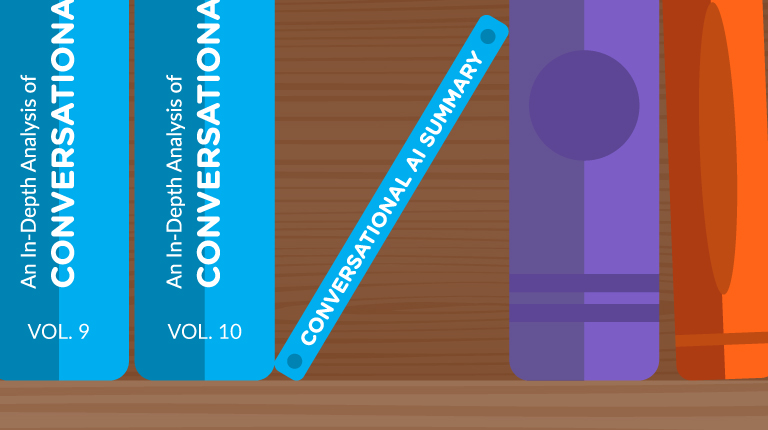Recently, Harvard Business Review published an article highlighting how many organizations are reengineering business processes with powerful machine learning algorithms. Machine learning algorithms, which adapt and evolve through exposure to new data over time, are playing a critical role in businesses’ ability to intelligently update existing processes, without being limited by the speed of humans.
The use of Natural Language in modern speech recognition technology is an example of how machine learning can drive significant business value, particularly in the areas of customer service and customer experience. Natural Language processing involves applying a language model to determine whether it is probable that the speaker is actually saying what it sounds like he or she is saying. The language model allows a speech recognizer to better look for speech patterns within a particular language and type of acoustic environment, improving accuracy.
Interactions Automatic Speech Recognition (ASR) solution undergoes a continuous training and tuning process. Normally, tuning takes place once a technology has been used for a while, and data from the field is analyzed and processed. At Interactions, however, our Human Assisted Understanding model allows us to streamline this process for much quicker improvements. In this case, if an audio clip reaches a human Intent Analyst because the speech recognizer could not understand it, the human Intent Analyst will tag what the speaker was saying. These tags are then used to tune the recognizer so that the next time that particular sound or phrase reaches the speech recognizer, it will understand it without having to involve an Intent Analyst. In that way, the speech recognizer learns from our human side of the business to become more accurate.
Tuning is an important process for ASR solutions because tuning increases the accuracy of the recognizer. When you build a generic speech recognizer, you don’t know what the person is going to say, so the recognizer has to be ready to understand everything. That puts the recognizer at a severe disadvantage and it is therefore more likely to make a mistake. On the other hand, if I can tell the recognizer ahead of time what category the caller is going to ask about, then I can constrain the search space that the recognizer will use. So that if I am asking about the weather, I’m less likely to receive information back about what movies are showing. By restricting the things that the recognizer looks for, we can do a much better job understanding.
Although many generic ASR solutions are getting much better, you can always get better accuracy for a given task if you train the recognizer to understand that specific task. In this way, tuning ASR solutions for specific use cases represents a significant way machine learning adds tremendous business value in customer care and service applications.
To learn more about the importance of tuning ASR for specific use cases, read more in the Interactions Resource Library.




